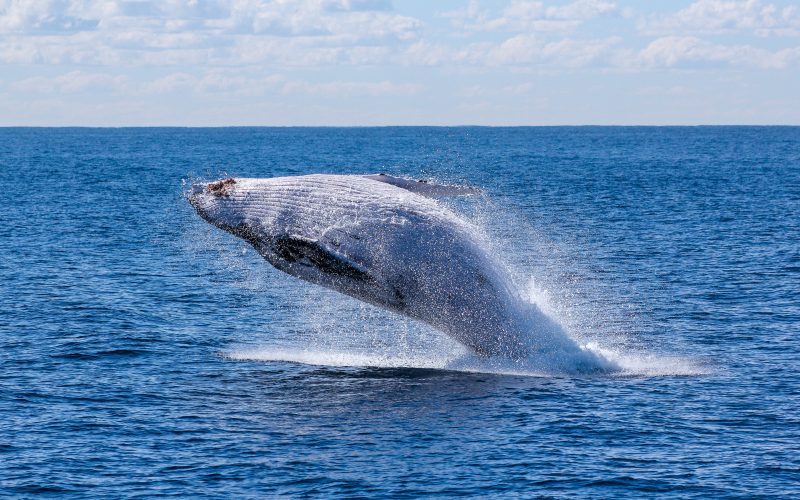The blue whale, with its majestic size and striking blue-gray color, is perhaps one of the most iconic creatures of the ocean. As the largest animal in the world, the blue whale has captivated the minds of scientists and animal lovers alike for centuries. However, despite its massive size, much of the blue whale’s life remains a mystery. In this article, we will delve into the enigmatic world of the blue whale and explore what makes this creature so fascinating.
Physical Characteristics
The blue whale can reach lengths of up to 100 feet and weigh up to 200 tons, making it the largest animal on Earth. Its heart alone can weigh as much as a car, and its tongue can weigh as much as an elephant. The blue whale’s skin is a striking blue-gray color and is covered in white spots called “ventral pleats.” These pleats allow the whale’s throat to expand during feeding, allowing it to consume massive amounts of food.
Habitat and Migration
Blue whales can be found in all of the world’s oceans, from the Arctic to the Antarctic. However, they tend to prefer colder waters and are often found in areas where there is an abundance of krill, their primary food source. During the summer months, blue whales migrate to higher latitudes to feed, while in the winter months, they migrate to warmer waters for breeding and calving.
Feeding
As mentioned earlier, the blue whale’s primary food source is krill, tiny shrimp-like creatures that live in large swarms in the ocean. To feed, the blue whale takes in huge gulps of water, which it then filters through its baleen plates, straining out the krill and expelling the water. The blue whale can consume up to 4 tons of krill per day, making it one of the most efficient feeders in the animal kingdom.
Threats and Conservation Efforts
Despite its impressive size, the blue whale is not invincible. Like many other whale species, the blue whale has faced numerous threats over the years, including commercial whaling, ship strikes, and pollution. At one point, it was estimated that there were only a few thousand blue whales left in the world. However, thanks to conservation efforts, their populations have been slowly recovering. The International Whaling Commission (IWC) banned commercial whaling of blue whales in 1966, and many countries have implemented stricter regulations to protect the species.
Conclusion
The blue whale is a truly remarkable animal, and there is still much to be learned about this enigmatic creature. While it has faced numerous threats over the years, conservation efforts have helped to protect the species and ensure its survival. As we continue to study the blue whale and its behavior, we may uncover even more secrets about this magnificent animal and its place in the complex ecosystem of the ocean.











